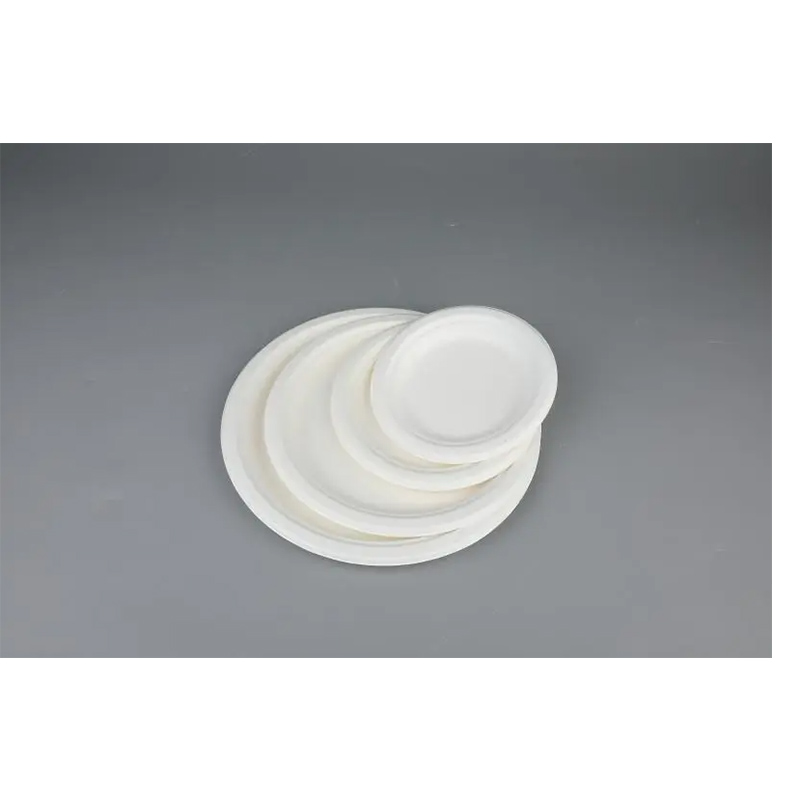Safety and sustainability must be prioritized when choosing dining tableware. With growing concerns about plastic pollution and its impact on the environment, many people are opting for compostable tableware as an alternative. However, how can we ensure that the tableware we choose is truly biodegradable and meets all the necessary requirements? In this blog, we'll explore how experts recommend identifying degradable tableware and the key factors to consider when choosing safe and environmentally friendly options.
Identify degradable tableware:
Experts suggest that there are three key factors to consider when identifying degradable tableware. First, check if there are logo and QS number on the package, they are the marks of quality and safety. Secondly, check whether the surface of the lunch box is consistent, free of impurities and black spots. Transparent plastic lunch boxes made of pure polypropylene (PP) generally have a higher safety factor. Finally, smell the lunch box for any peculiar smell. The qualified tableware should have no peculiar smell.
Advantages of biodegradable tableware:
Biodegradable tableware offers several advantages that make it a smart choice for consumers and the environment. First of all, it is made of non-toxic and harmless raw materials, in line with national food hygiene and environmental protection regulations. This ensures harmful substances do not leach into our food, promoting a healthier dining experience. Second, biodegradable tableware is clean and pollution-free, minimizing the ecological footprint of traditional disposable tableware. By using compostable options, we are doing our part in reducing plastic waste and conserving resources.
Features of high-quality biodegradable tableware:
To further ensure the quality and safety of biodegradable tableware, there are several features to consider. First, it should be tear-resistant and retain its strength even with light handling. Lunch boxes made from recycled waste or containing high amounts of industrial-grade fillers, such as calcium carbonate and talc, can be weak and prone to breaking. Secondly, a qualified lunch box should not emit any pungent smell. Any unusual smell is a red flag, indicating a potential hazard to our health. Finally, the appearance and durability of the tableware is also critical. High-quality compostable tableware should remain strong and intact when exposed to heat or moisture.
"Black lunch box" test:
A useful way to quickly assess the quality of disposable tableware is the "black lunch box" test. It's easy to tell if it's a good fit by following six simple points. First of all, tableware that feels soft to the touch is not a good choice. Secondly, qualified products should not be easily broken when torn. Third, any pungent odor is a clear sign of a potential safety risk. In addition, tableware that is deformed by heat or prone to water leakage should be avoided. Finally, folding the lunch box by hand should not leave a paraffin-like mark, and tearing the lunch box should not allow water to enter and sink.
in conclusion:
Choosing the right compostable tableware is critical to ensuring our safety and commitment to sustainability. By considering expert advice and focusing on specific features, we can make an informed decision when buying disposable cutlery. Please remember to always give priority to raw materials that are non-toxic, harmless, clean, non-polluting, and comply with national food hygiene and environmental protection regulations. By making conscious choices, we can contribute to a greener future while enjoying our meals responsibly.


Post time: Aug-09-2023
